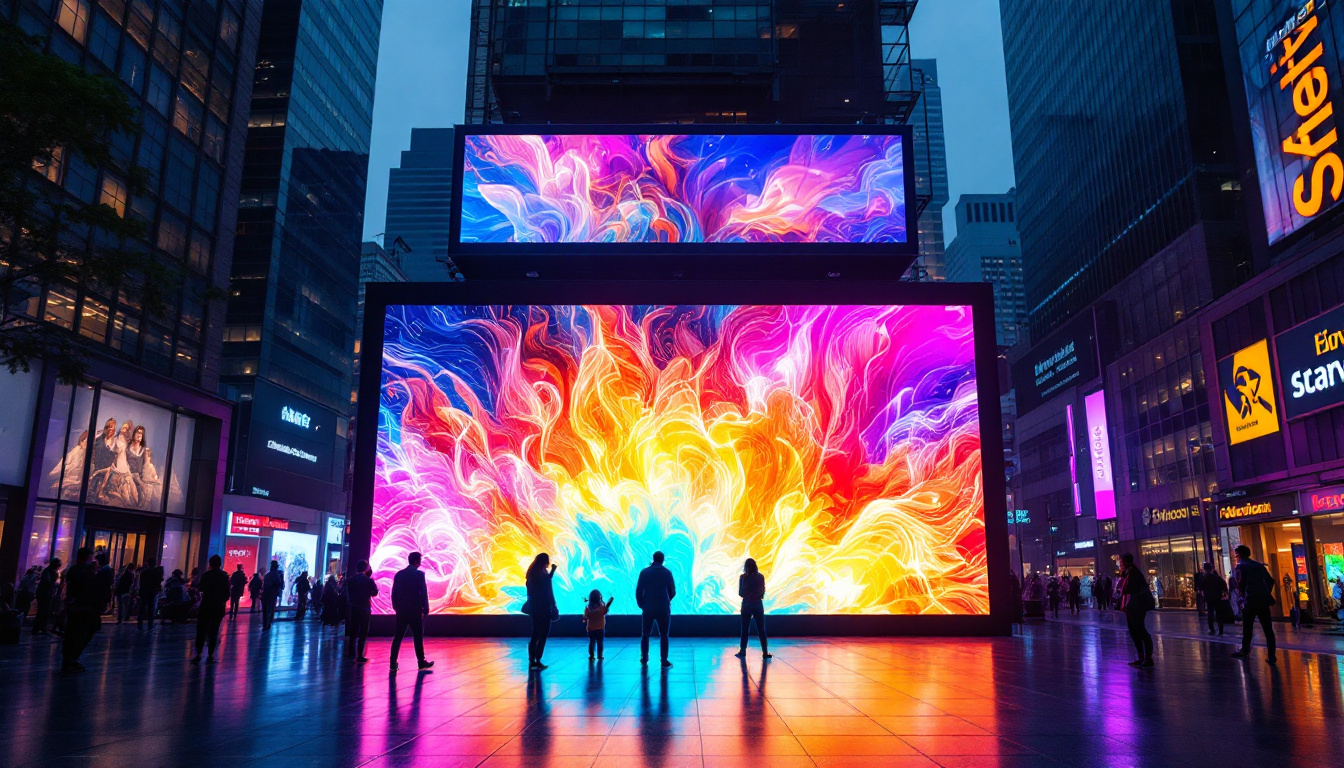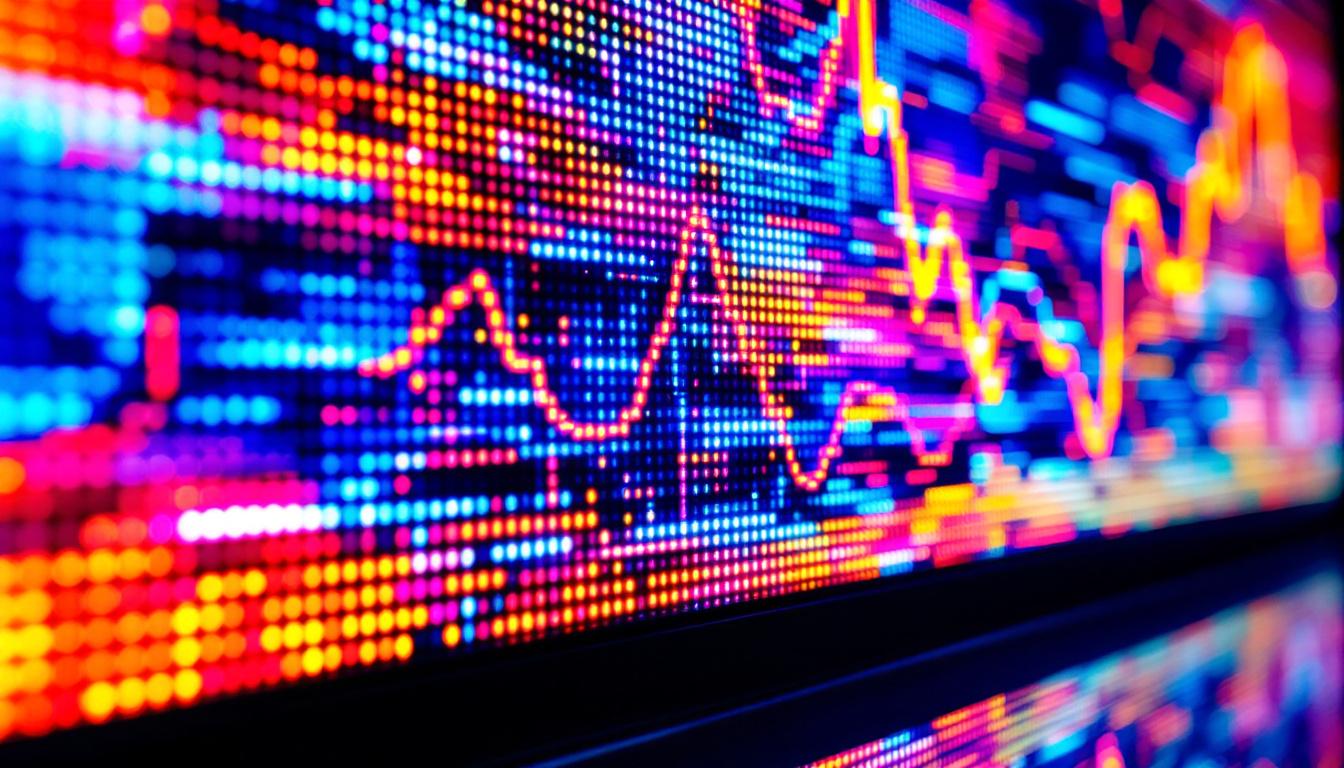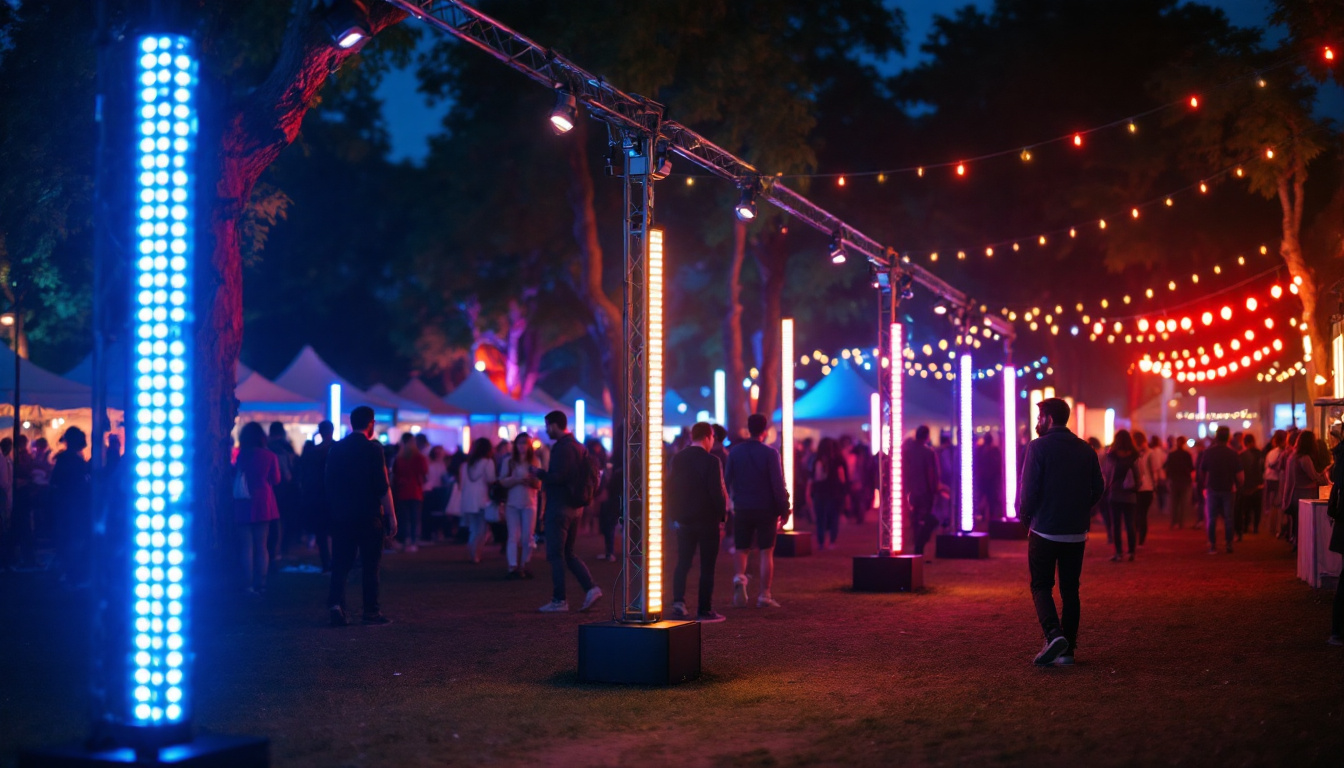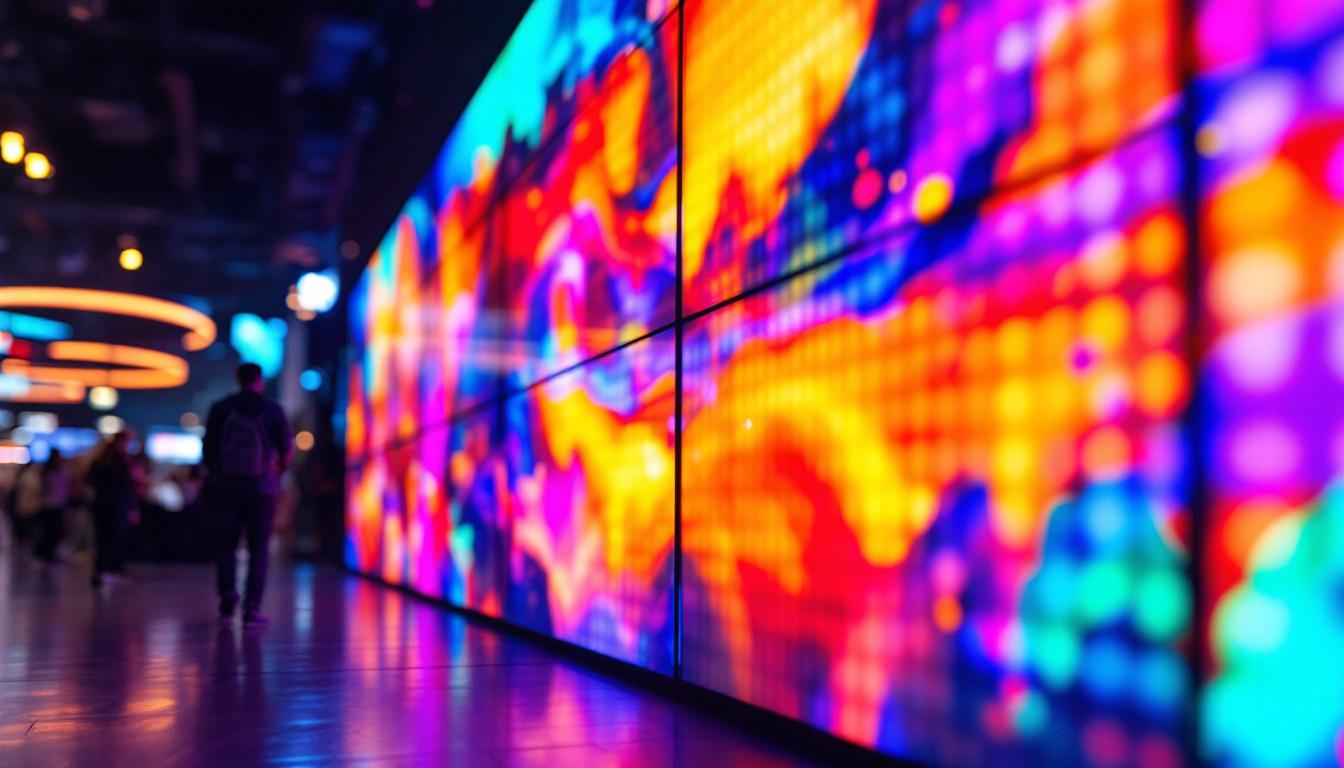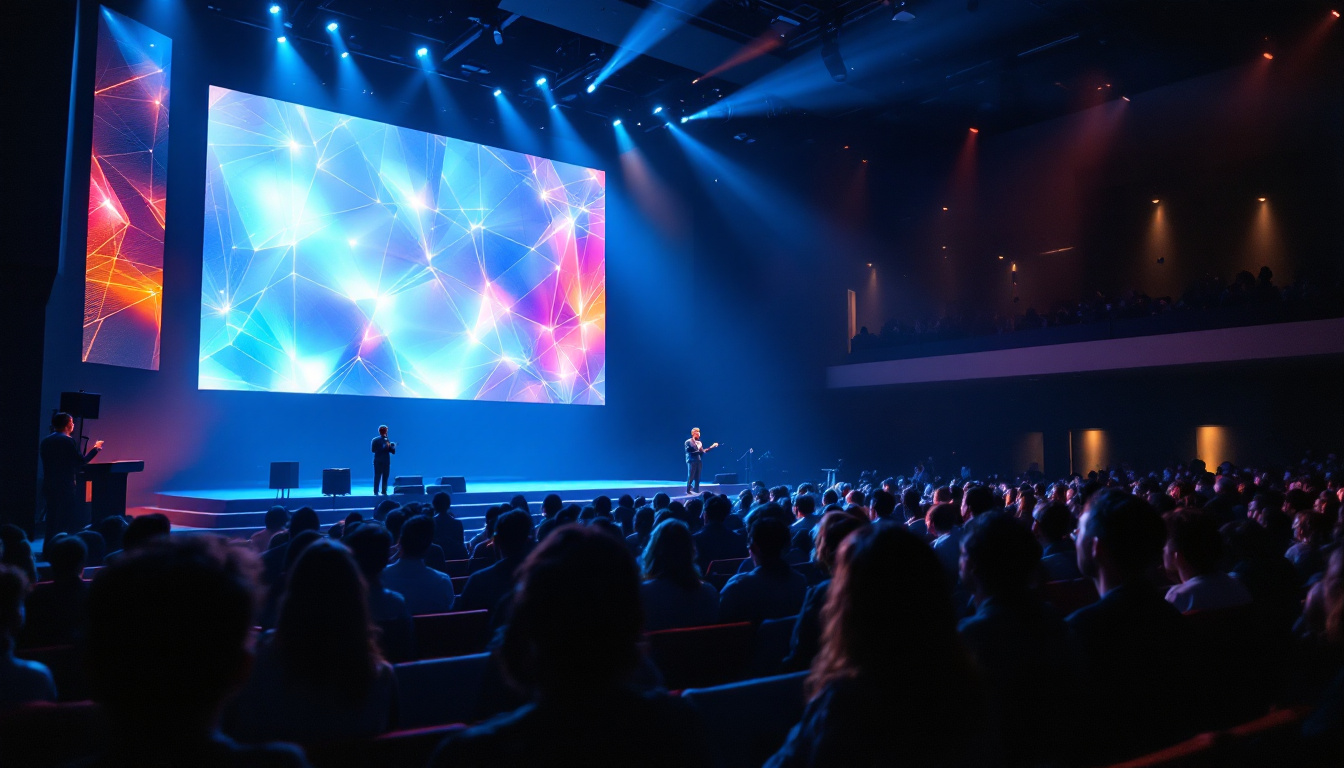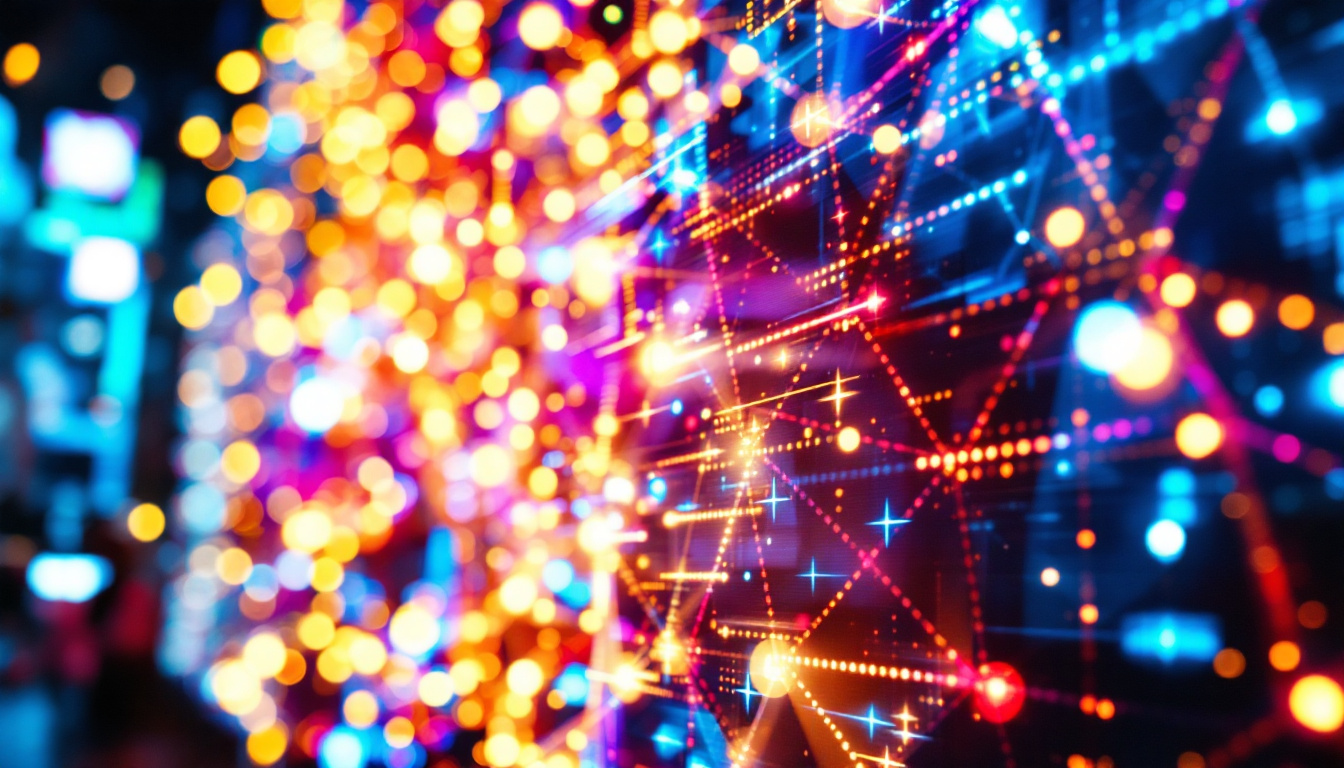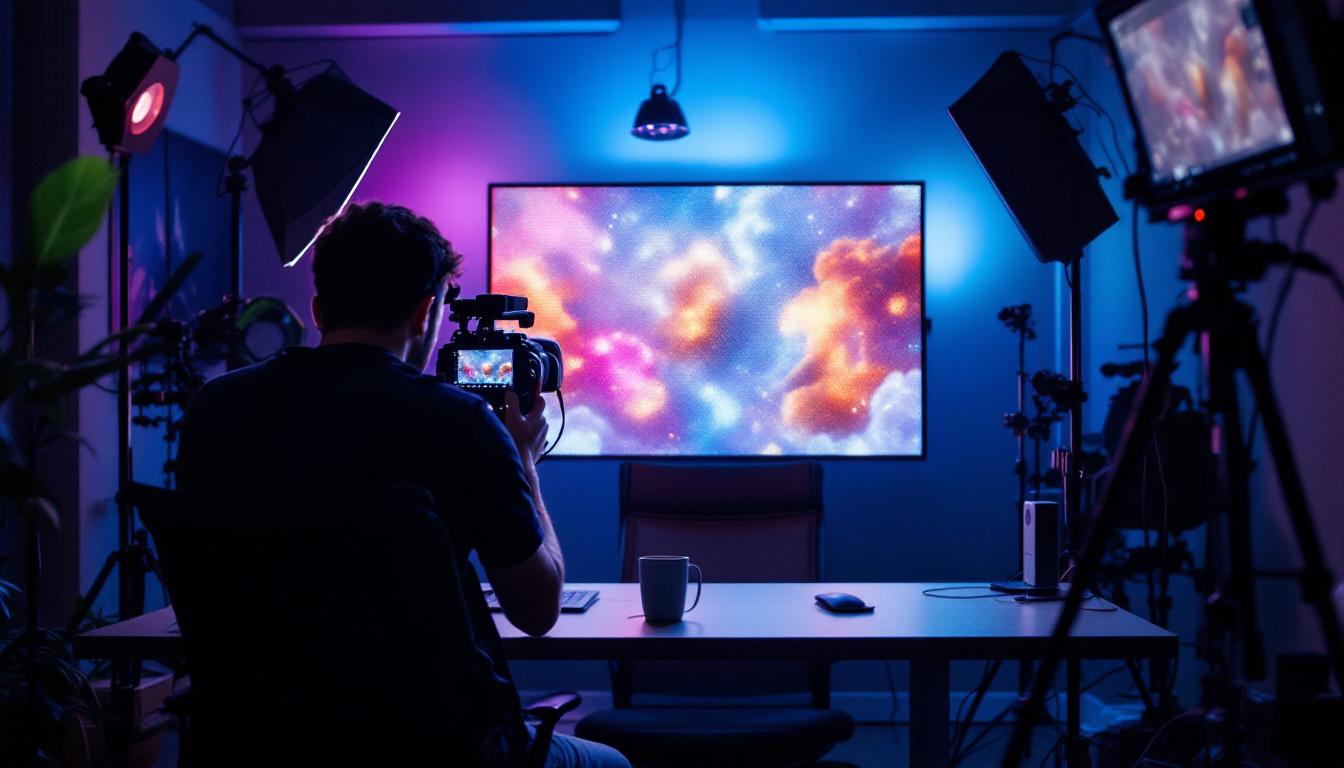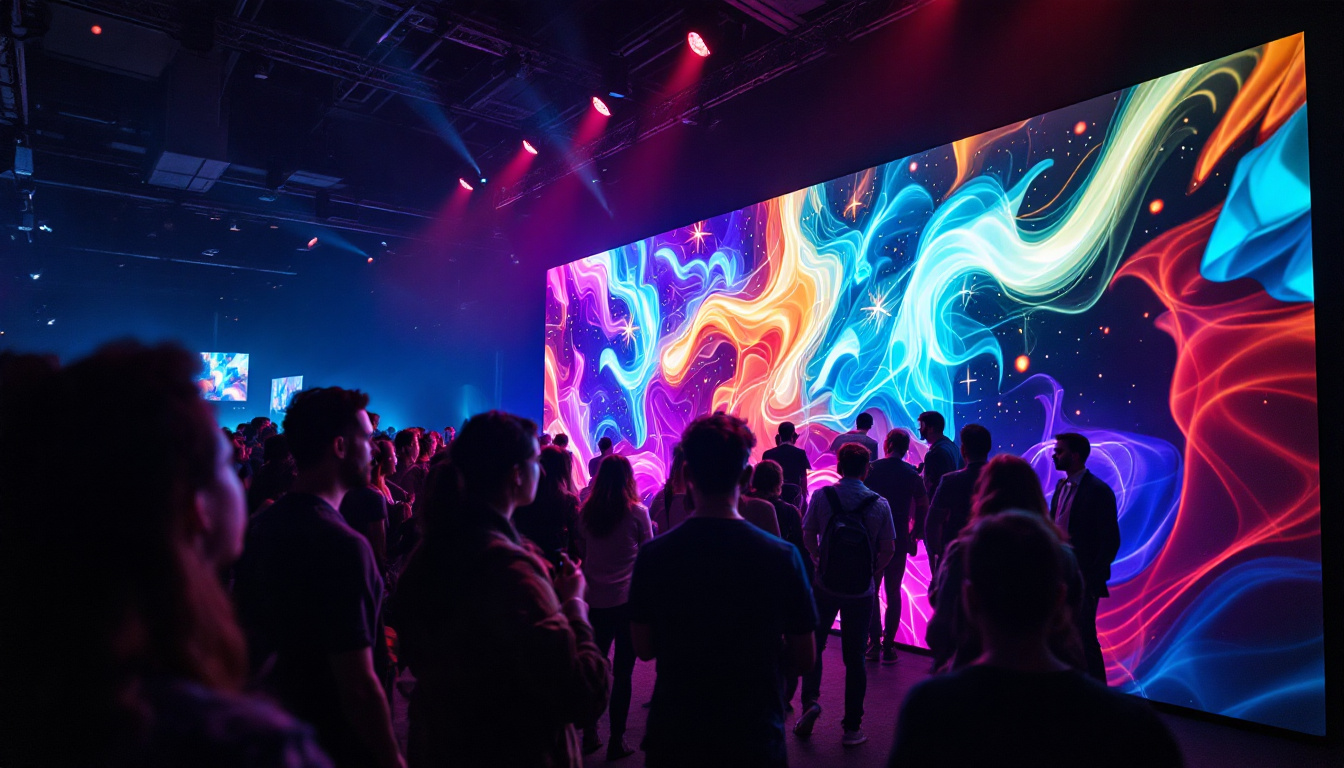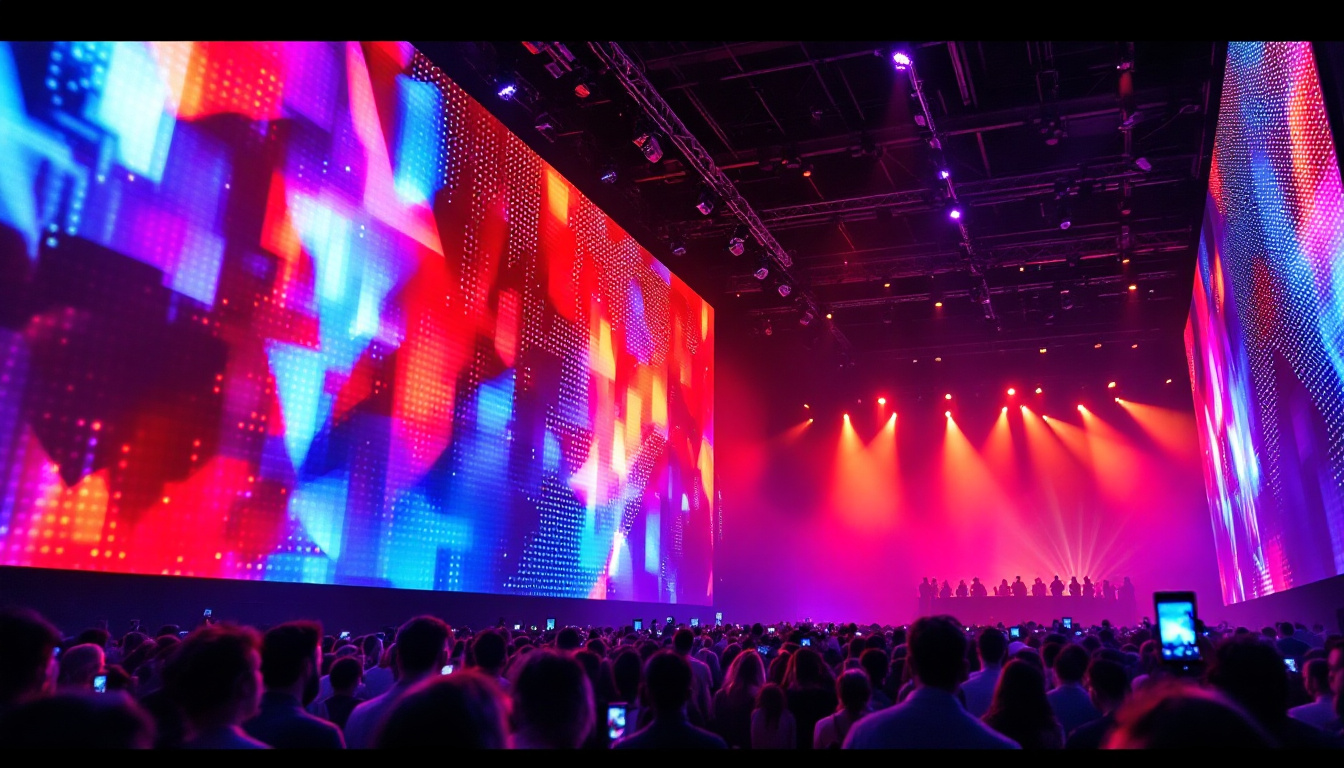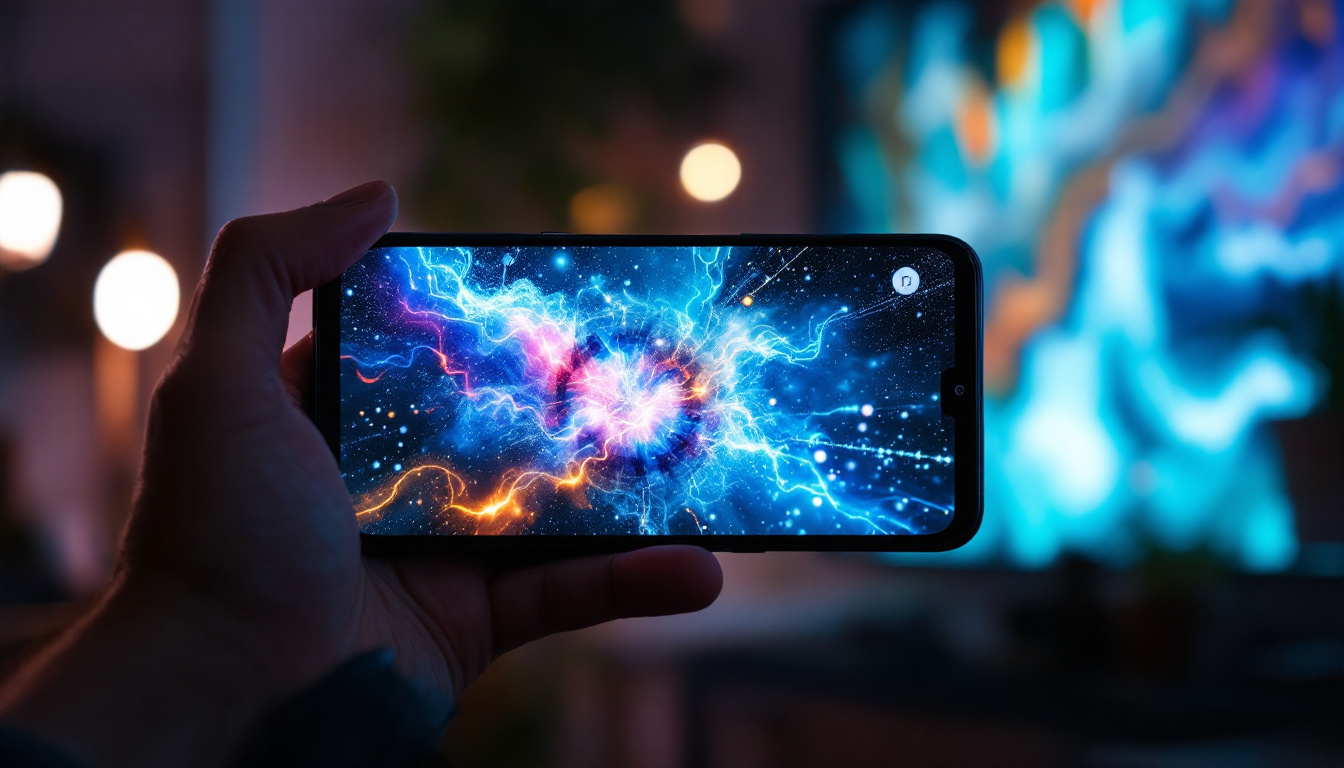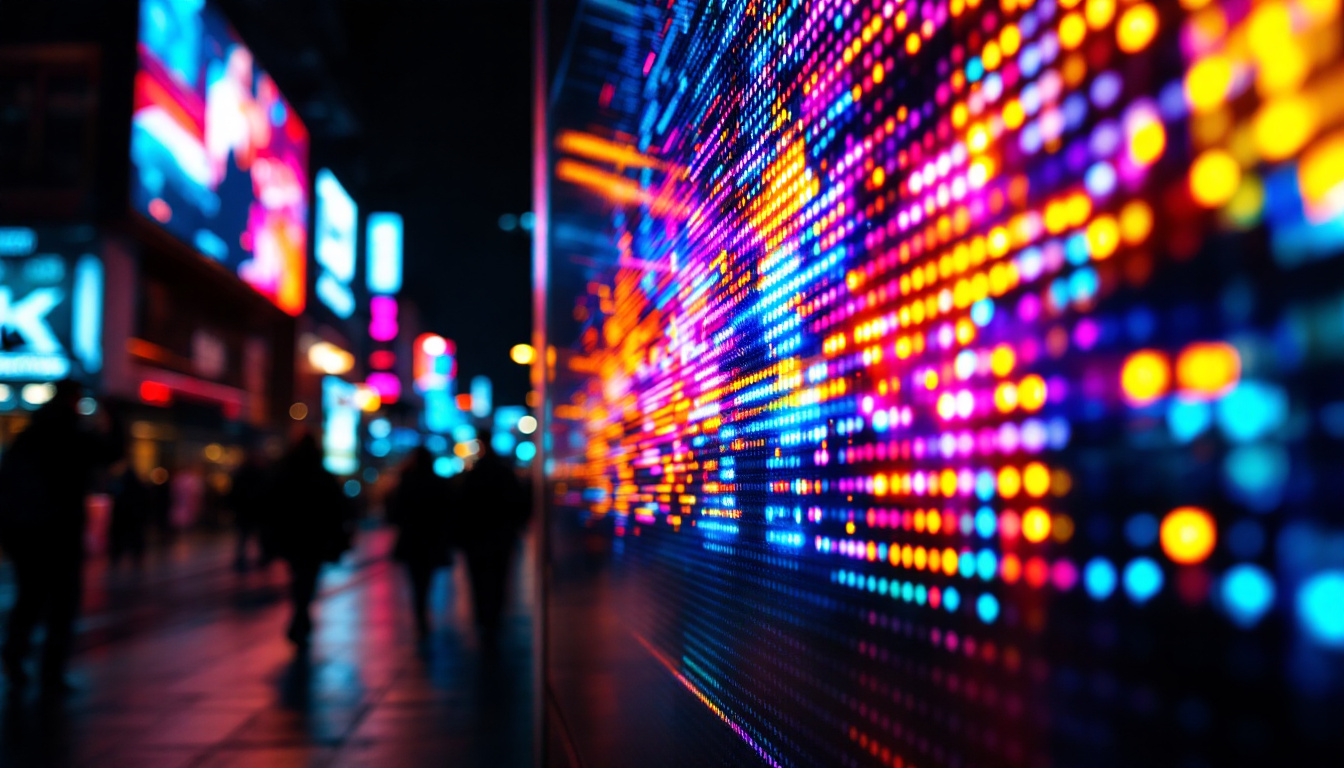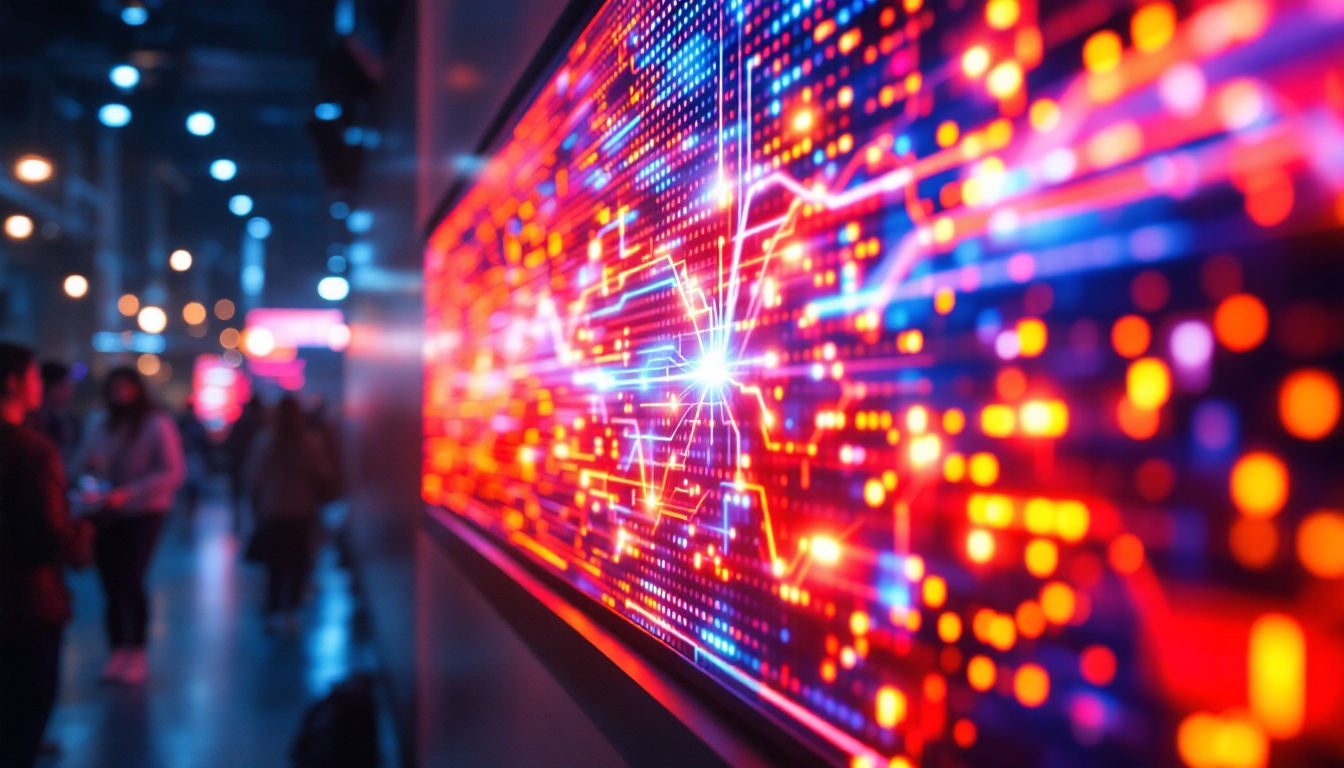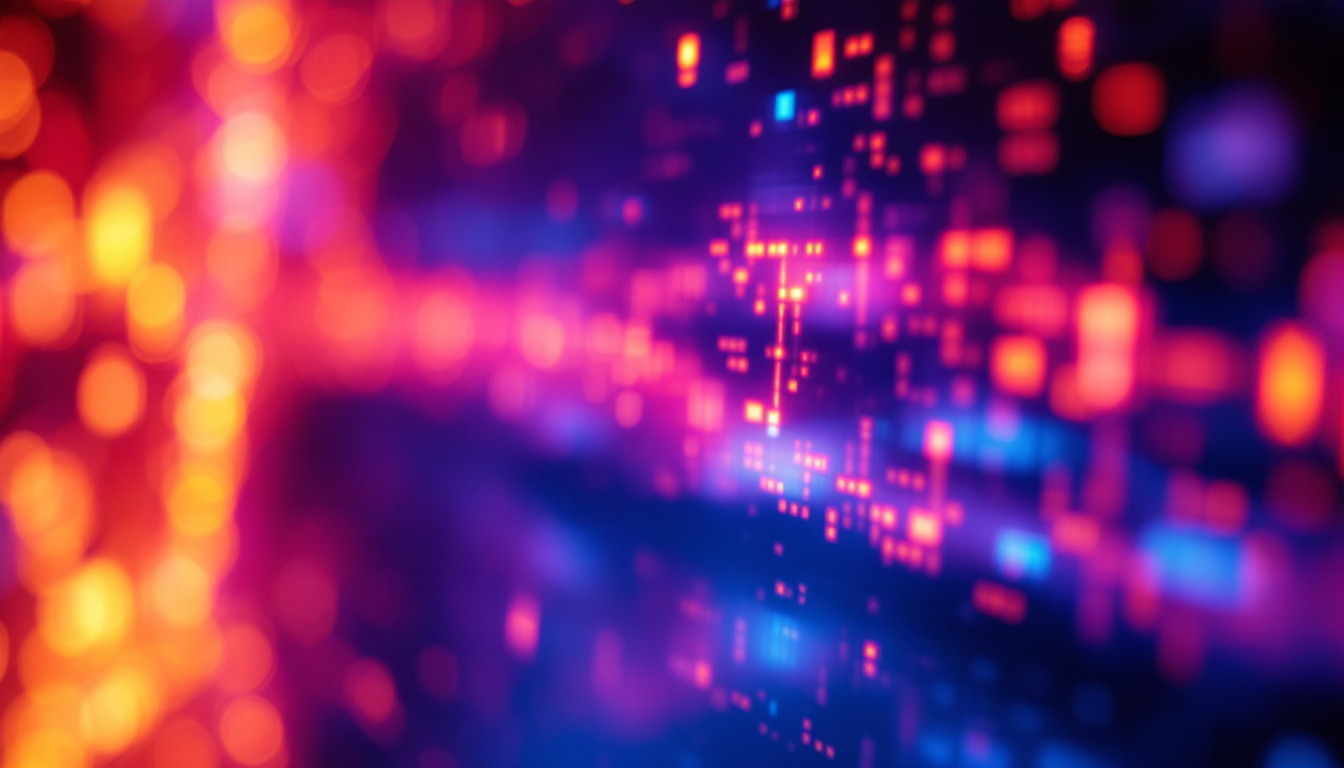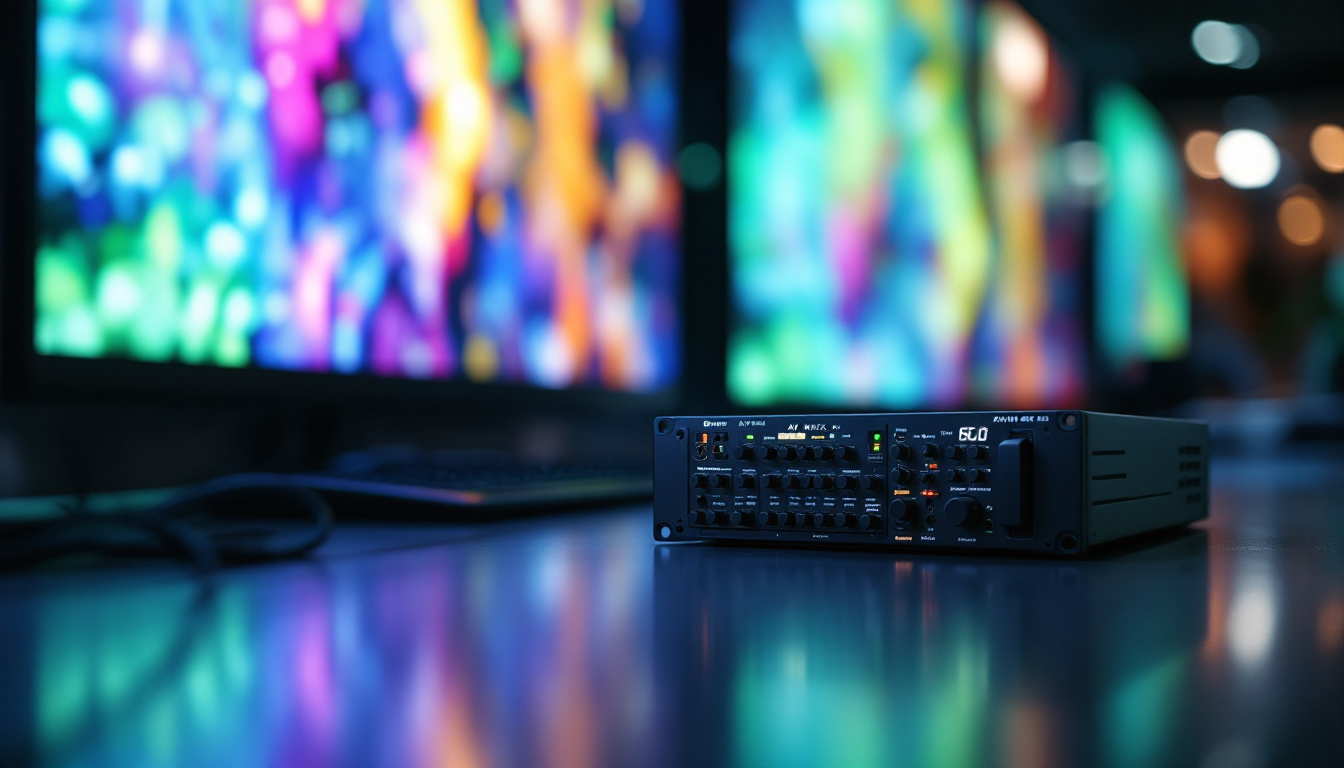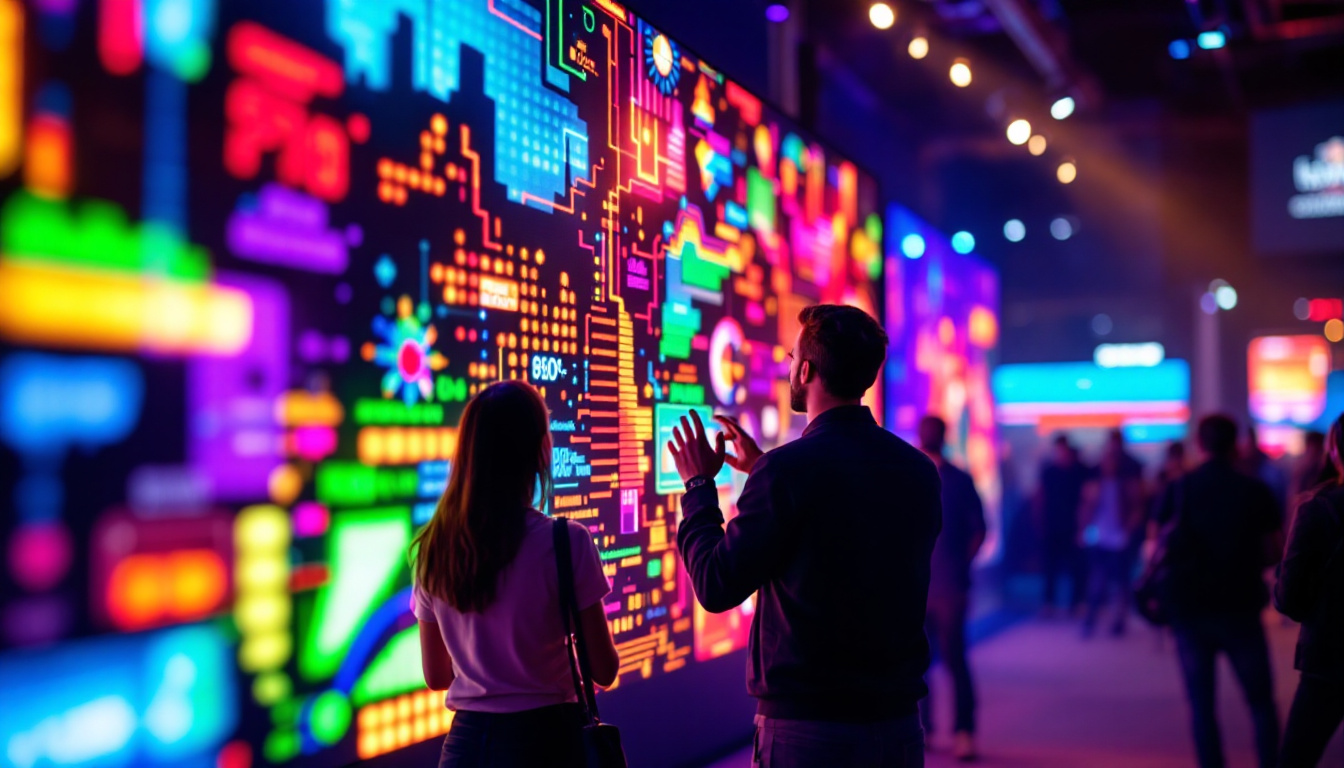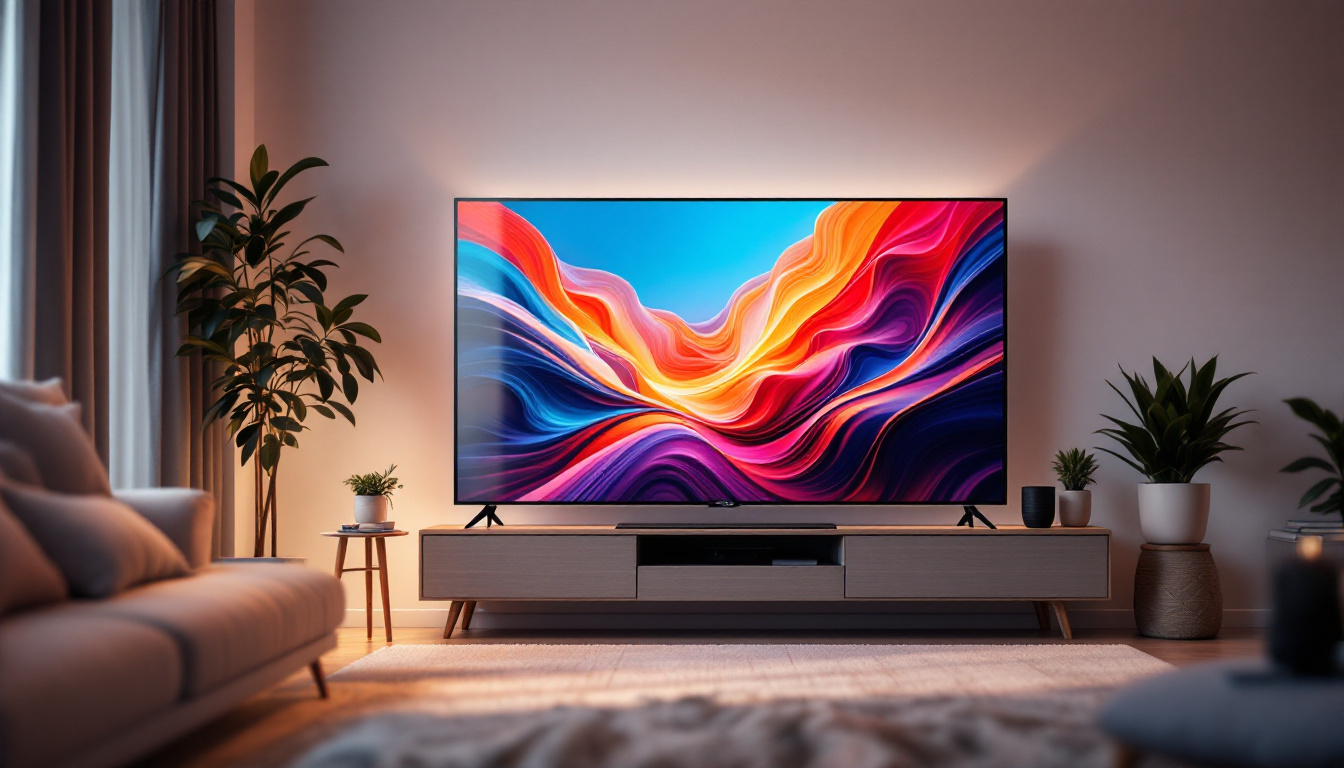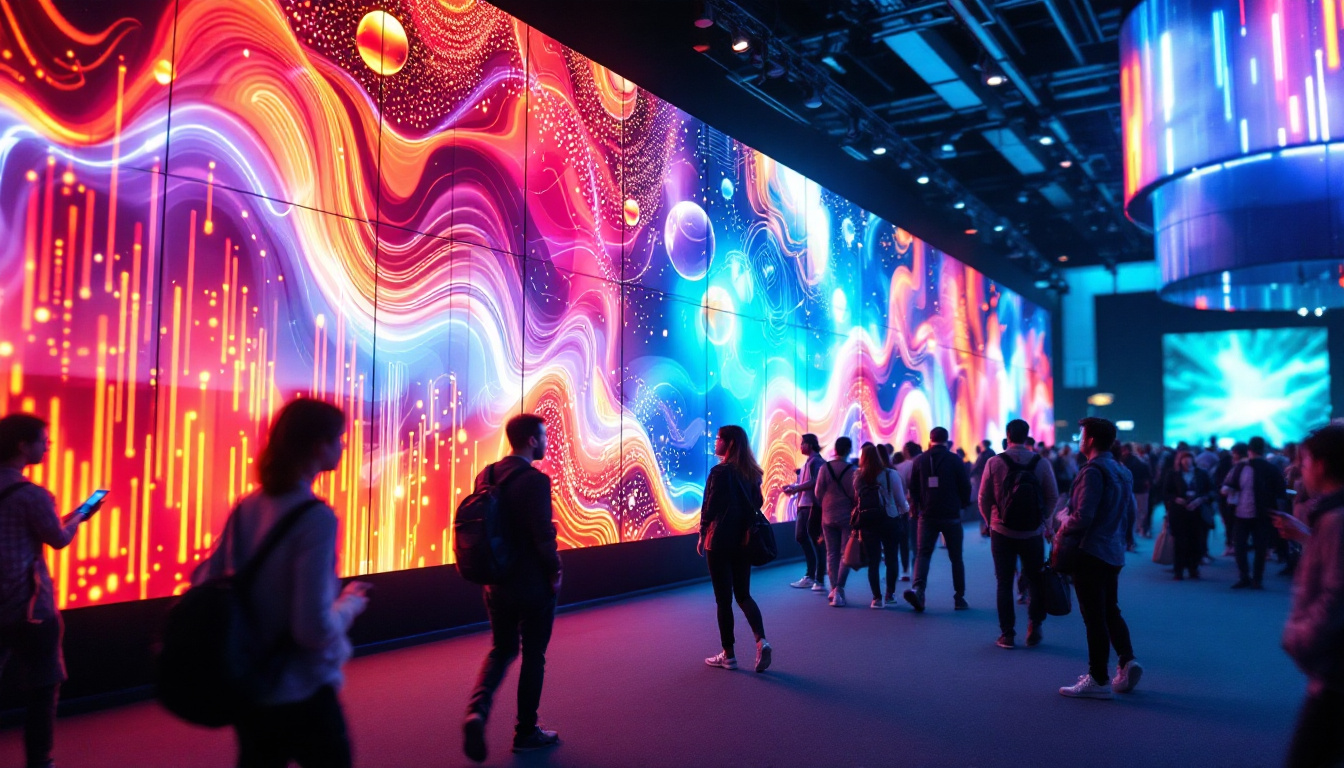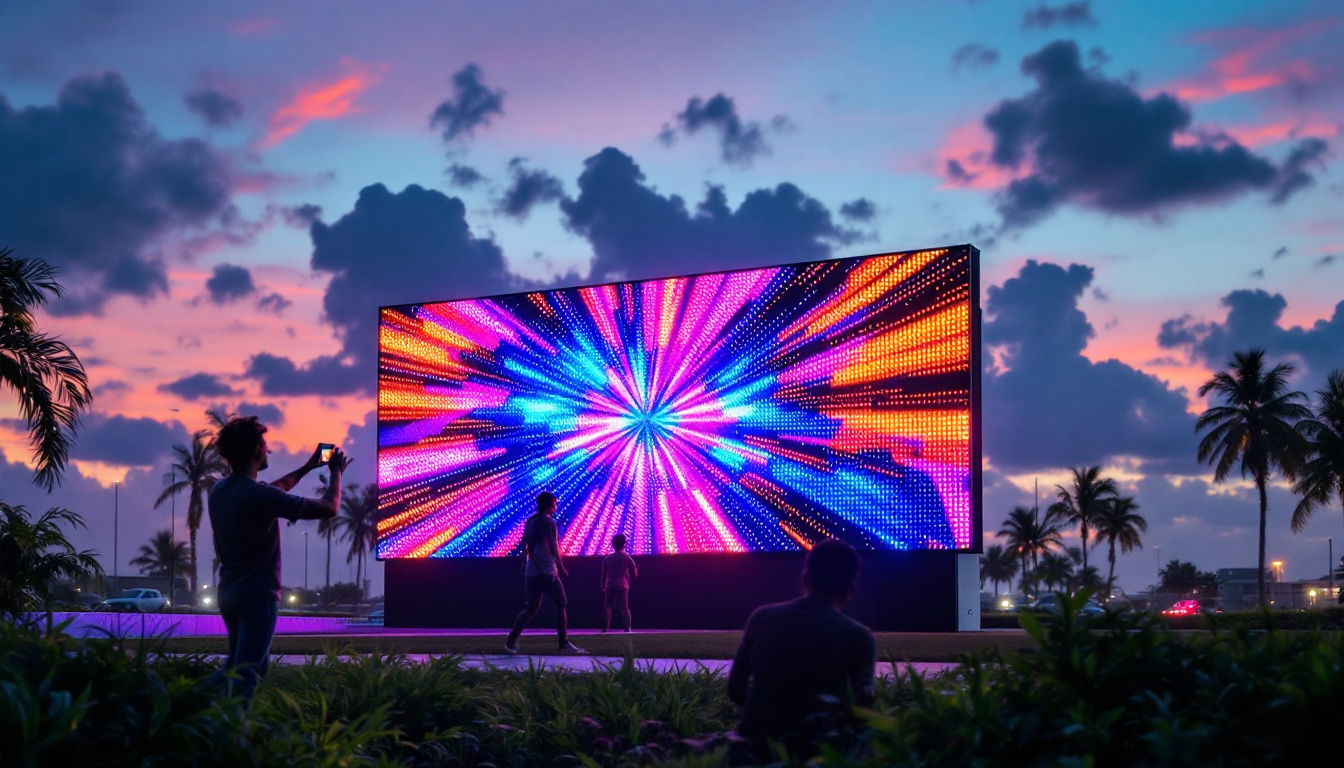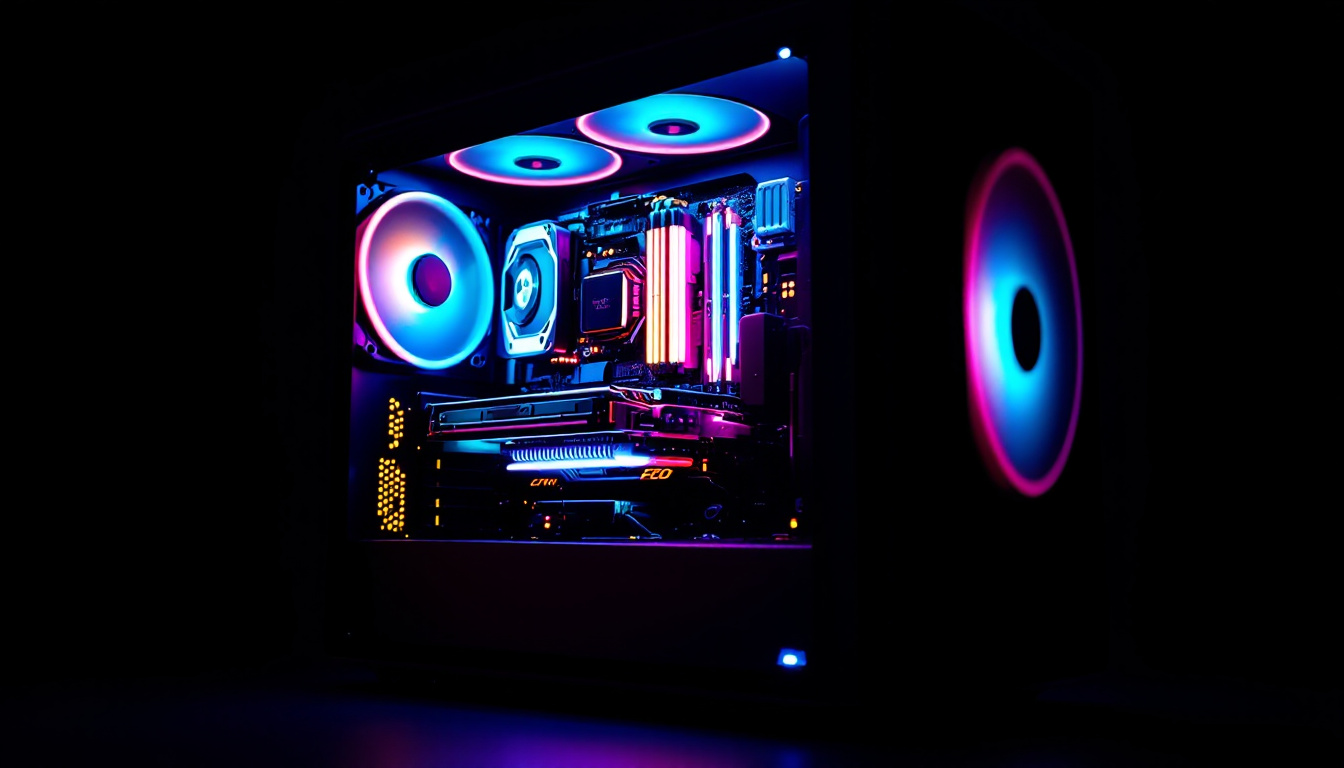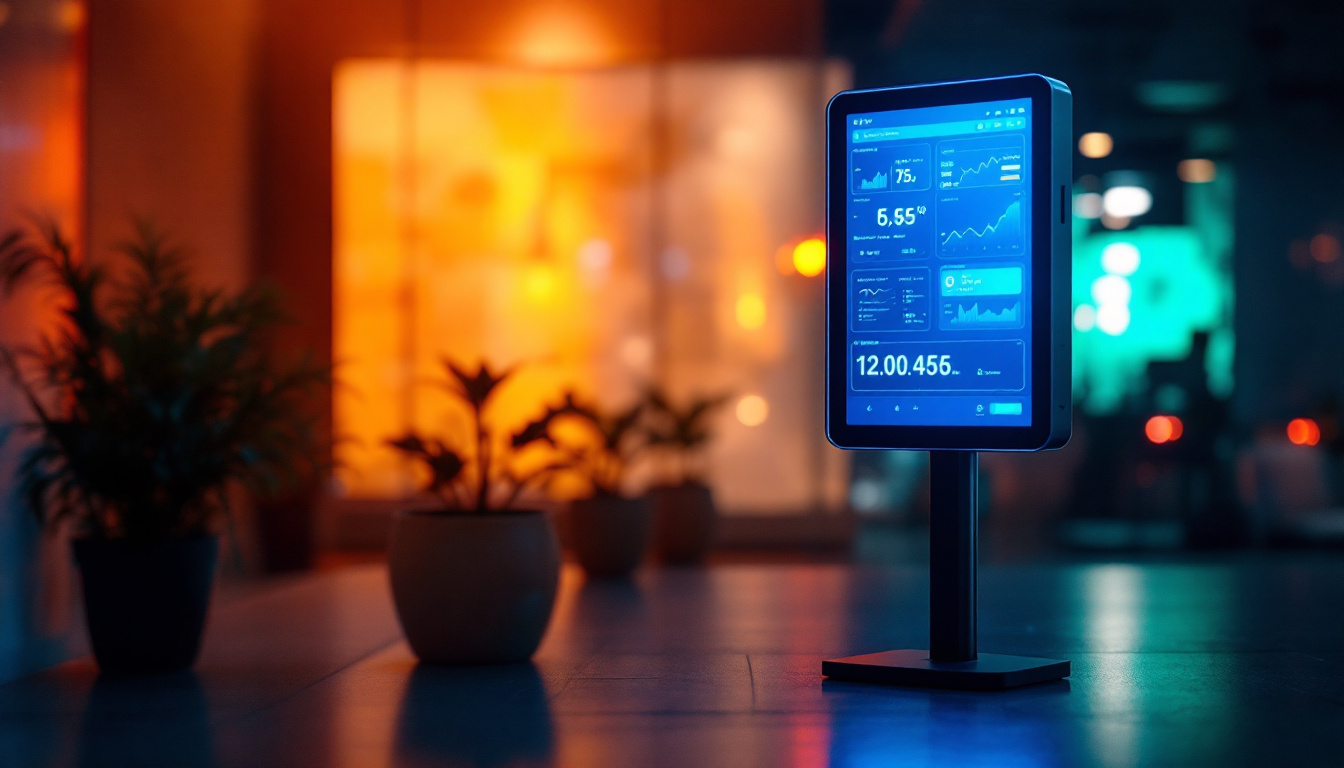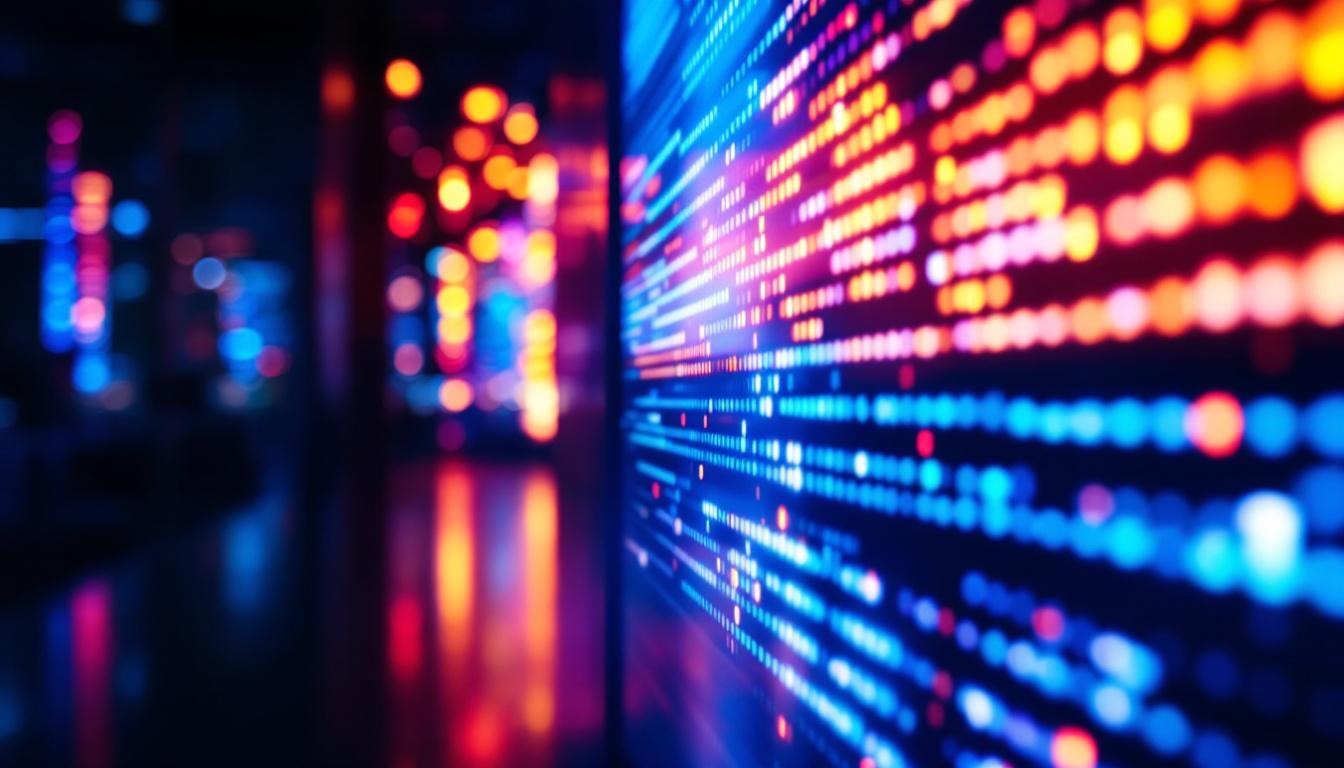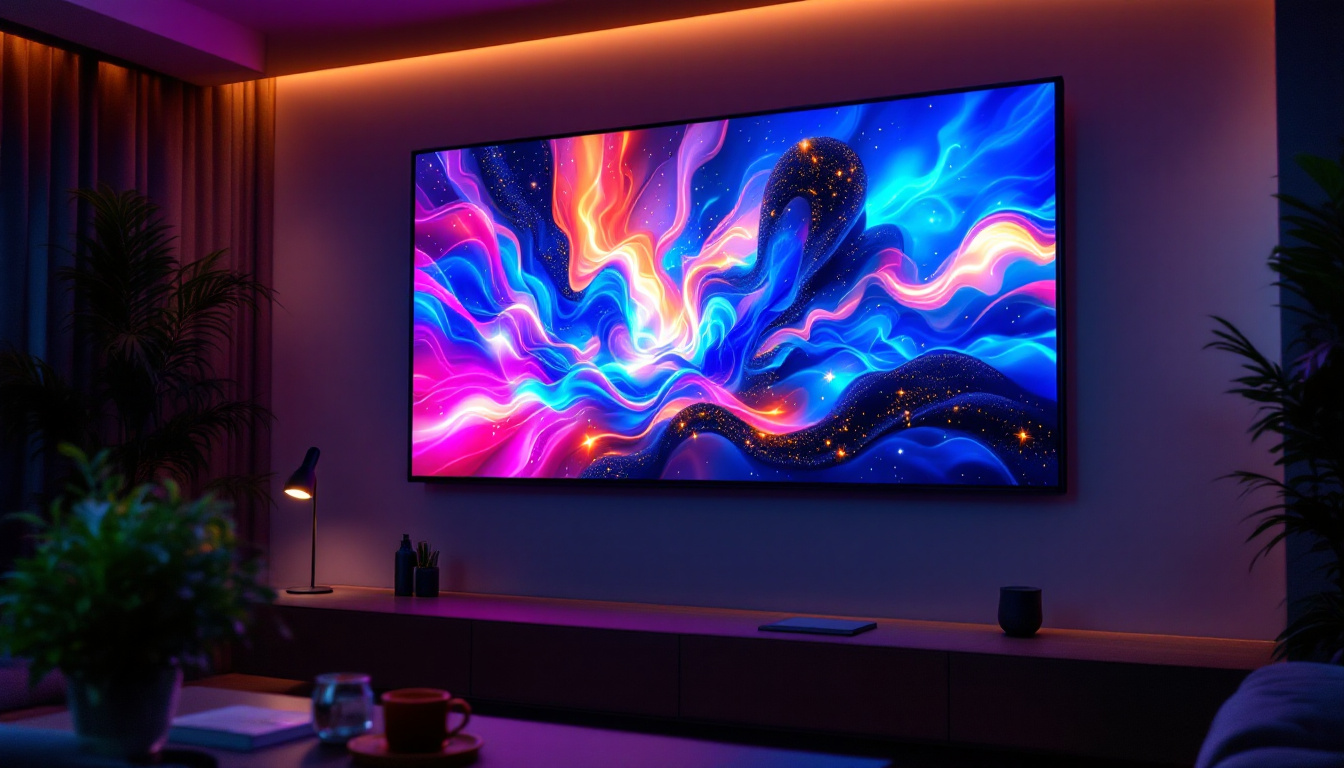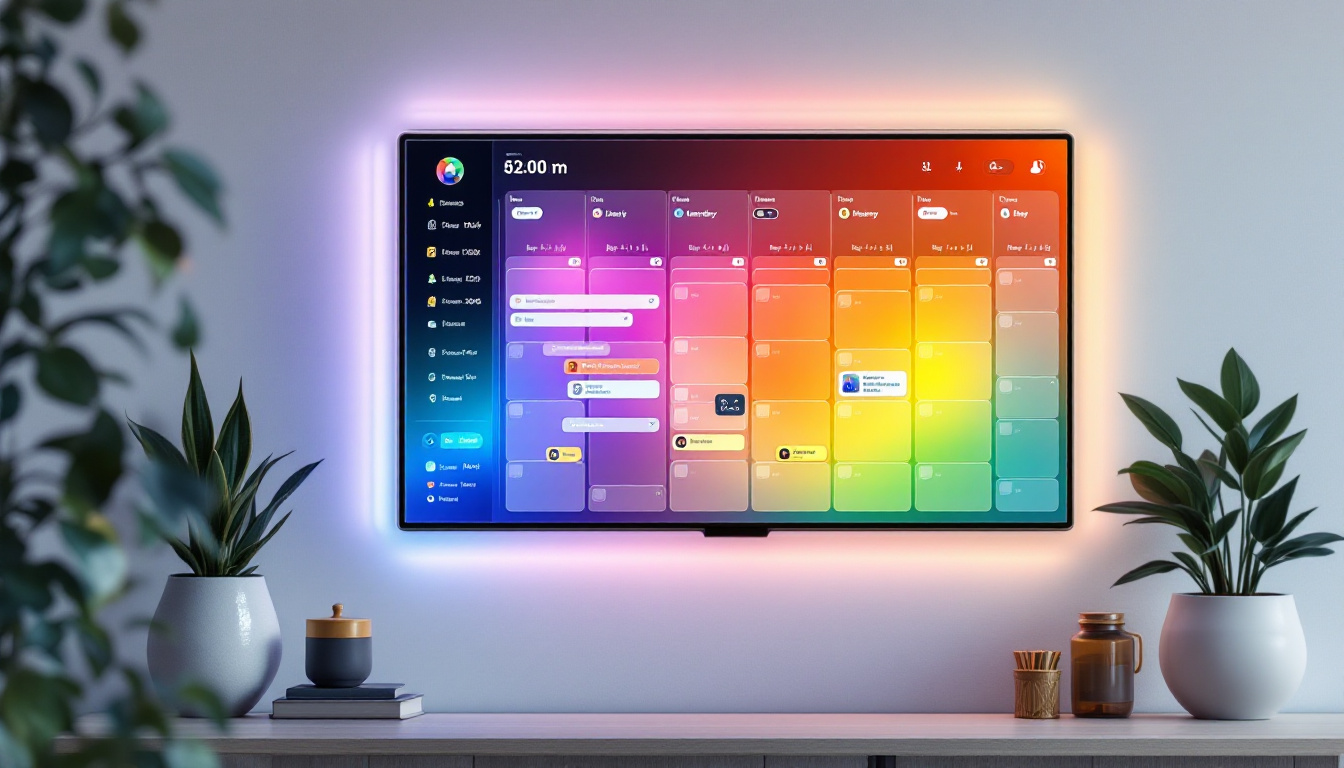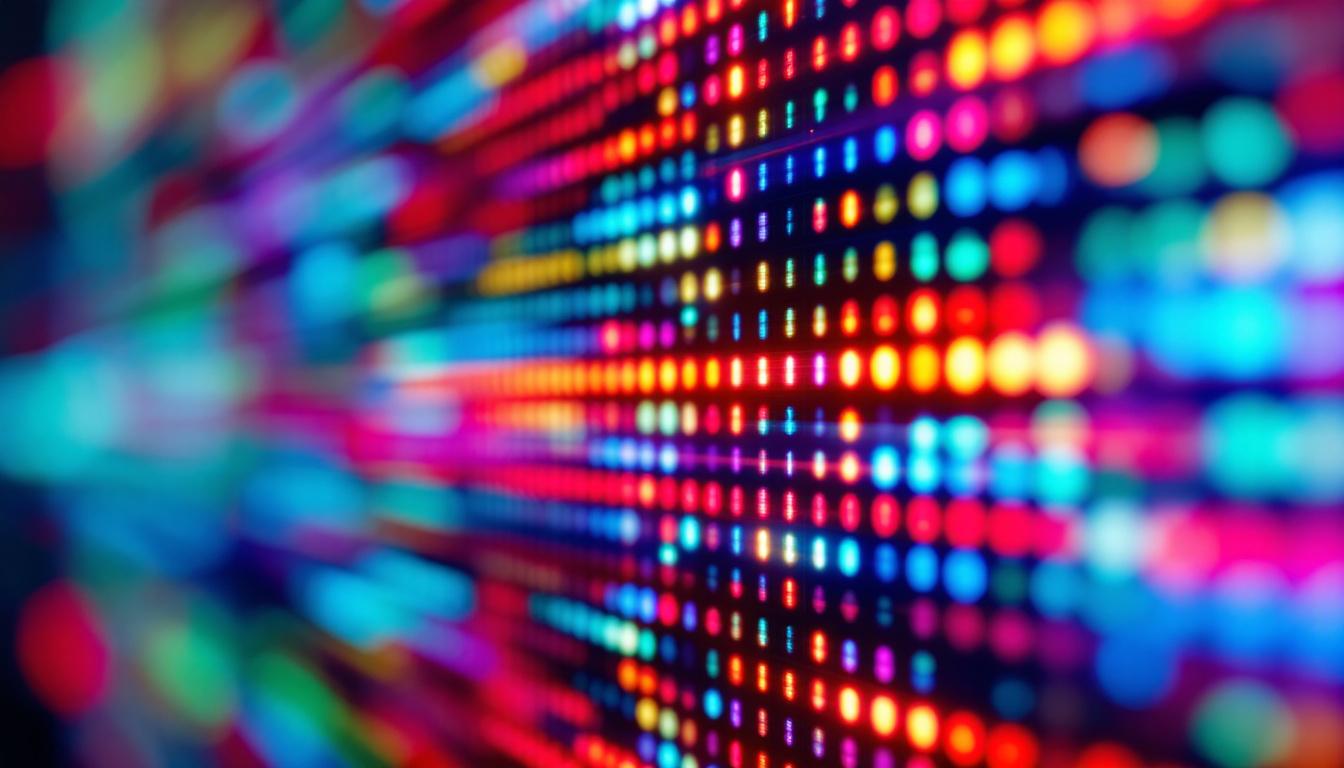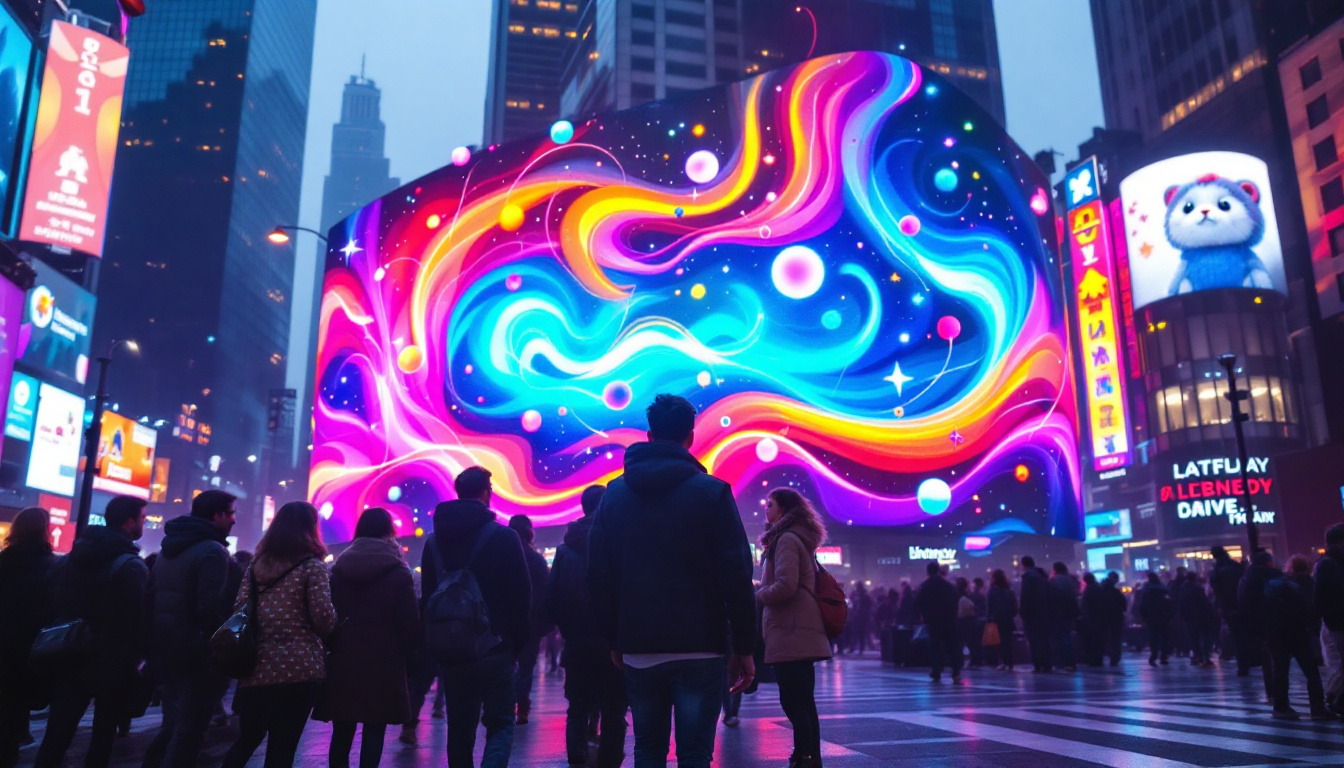In an era where visual communication plays a pivotal role in marketing, entertainment, and information dissemination, LED displays have emerged as a transformative technology. Their vibrant colors, energy efficiency, and versatility make them a popular choice across various sectors. This article delves into the world of LED displays, exploring their technology, applications, advantages, and future trends.
Understanding LED Technology
Light Emitting Diodes (LEDs) are semiconductor devices that emit light when an electric current passes through them. This fundamental principle underpins the functionality of LED displays. Unlike traditional display technologies such as LCD or CRT, which rely on backlighting or phosphors, LED displays generate their own light, resulting in brighter images and deeper contrasts. The efficiency of LEDs also contributes to their popularity, as they consume significantly less power compared to their predecessors, making them an environmentally friendly choice for modern displays.
The Basics of LED Operation
At the core of an LED display are individual LED pixels, each composed of a diode that emits light. These pixels can be combined in various configurations to create larger screens. When electricity flows through the diode, it excites the atoms within the semiconductor material, producing light. The color of the emitted light depends on the materials used in the diode’s construction, with red, green, and blue (RGB) being the primary colors used in full-color displays. The precise engineering of these diodes allows for not only a wide range of colors but also for the rapid refresh rates that are essential for displaying video content smoothly.
In a full-color LED display, the combination of these three colors in varying intensities allows for the creation of a broad spectrum of colors, enabling vivid and dynamic visuals. This RGB configuration is fundamental to the operation of most LED displays, whether they are used in billboards, televisions, or digital signage. Additionally, advancements in LED technology have led to the development of features such as high dynamic range (HDR) and enhanced color gamuts, which further elevate the viewing experience by providing more lifelike images and deeper blacks.
Types of LED Displays
LED displays come in various types, each designed for specific applications. The most common types include:
- Direct View LED Displays: These displays consist of individual LED modules that are directly visible to the viewer. They are often used in outdoor advertising, stadiums, and large events. Their ability to maintain brightness and clarity even in direct sunlight makes them ideal for outdoor environments.
- LED Video Walls: Composed of multiple LED panels, video walls can create large, immersive displays for concerts, conferences, and exhibitions. These setups allow for seamless images across multiple screens, enhancing the visual impact of presentations and performances.
- OLED Displays: Organic LEDs (OLEDs) are a subset of LED technology that offers improved color accuracy and contrast. They are commonly found in high-end televisions and smartphones. The flexibility of OLED technology also allows for innovative designs, such as curved screens and ultra-thin displays, which can adapt to various aesthetic and functional needs.
Another emerging type of LED display is the MicroLED, which utilizes microscopic LEDs to create displays that offer superior brightness, contrast, and energy efficiency. MicroLED technology promises to combine the best features of OLED and traditional LED displays, providing high-resolution images with exceptional color fidelity. As this technology continues to develop, it is expected to revolutionize the display market, offering new possibilities for everything from consumer electronics to large-scale installations.
Applications of LED Displays
LED displays have found their way into numerous applications, revolutionizing how information is presented and consumed. Their adaptability and effectiveness make them suitable for various environments.
Advertising and Marketing
One of the most prominent applications of LED displays is in advertising. Billboards and digital signage equipped with LED technology can capture attention more effectively than traditional posters. The ability to change content dynamically allows advertisers to tailor messages based on time, audience, or even weather conditions. This flexibility enhances engagement and can lead to higher conversion rates.
Moreover, the brightness and clarity of LED displays ensure that advertisements remain visible even in direct sunlight, making them ideal for outdoor use. This capability has led to a surge in the use of LED displays in urban environments, where they can dominate the visual landscape.
Entertainment and Events
In the entertainment industry, LED displays have become a staple at concerts, festivals, and sporting events. They provide a dynamic backdrop for performances, enhancing the overall experience for attendees. Large LED screens are often used to display live feeds, graphics, and animations, creating an immersive environment.
Additionally, LED technology has transformed the way theaters and cinemas present films. With the advent of LED walls, filmmakers can create stunning visuals that captivate audiences, offering a level of detail and vibrancy that traditional projection methods cannot match.
Information and Communication
LED displays are also widely used for information dissemination in public spaces. From train stations to airports, these displays provide real-time updates on schedules, directions, and announcements. Their bright and clear visuals ensure that important information is easily accessible to the public, enhancing communication in busy environments.
Furthermore, educational institutions have adopted LED displays for classrooms and auditoriums, allowing for interactive learning experiences. The ability to display multimedia content helps engage students and enrich their educational journey.
Advantages of LED Displays
The rise of LED displays can be attributed to their numerous advantages over traditional display technologies. Understanding these benefits can help businesses and organizations make informed decisions about their visual communication strategies.
Energy Efficiency
One of the most significant advantages of LED displays is their energy efficiency. Compared to traditional lighting technologies, LEDs consume significantly less power, resulting in lower energy bills and a reduced carbon footprint. This efficiency is particularly beneficial for large installations, such as outdoor billboards or stadium screens, where energy costs can be substantial.
Moreover, the longevity of LED technology means that displays can operate for thousands of hours without the need for frequent replacements. This durability not only reduces maintenance costs but also minimizes waste, contributing to a more sustainable approach to visual communication.
High Brightness and Contrast
LED displays are known for their exceptional brightness and contrast levels. This capability allows them to produce vivid colors and sharp images, even in challenging lighting conditions. Whether used indoors or outdoors, LED displays maintain their clarity and visibility, ensuring that content is easily seen from various distances and angles.
This high level of performance makes LED displays ideal for environments where lighting conditions can change rapidly, such as outdoor advertising or live events. The ability to maintain visual integrity in different settings enhances the overall effectiveness of the display.
Versatility and Customization
LED displays are highly versatile and can be customized to meet specific needs. They can be manufactured in various shapes and sizes, allowing for creative installations that fit unique spaces. This flexibility enables businesses to design displays that align with their branding and messaging strategies.
Furthermore, the modular nature of LED technology means that displays can be easily expanded or reconfigured. This adaptability is particularly advantageous for businesses that may want to scale their visual communication efforts over time.
Challenges and Considerations
Despite their many advantages, LED displays are not without challenges. Understanding these potential drawbacks is essential for making informed decisions about their use.
Initial Costs
One of the primary challenges associated with LED displays is their initial cost. While prices have decreased in recent years, high-quality LED displays can still represent a significant investment. Businesses must weigh the upfront costs against the long-term benefits, including energy savings and reduced maintenance expenses.
For smaller organizations or those with limited budgets, financing options or leasing arrangements may be necessary to make LED technology accessible. Careful planning and budgeting can help mitigate the impact of initial costs.
Technical Expertise
Installing and maintaining LED displays often requires specialized technical expertise. Organizations may need to invest in training for staff or hire external professionals to ensure that displays are set up correctly and functioning optimally. This requirement can add to the overall cost and complexity of implementing LED technology.
Moreover, as technology evolves, staying updated on the latest advancements and best practices becomes crucial. Organizations must be prepared to adapt and invest in ongoing education to maximize the benefits of their LED displays.
The Future of LED Displays
The future of LED displays looks promising, with ongoing advancements in technology and design. As industries continue to embrace digital communication, LED displays are expected to play an increasingly significant role in shaping how information is shared and consumed.
Emerging Technologies
Innovations such as microLED and miniLED technologies are on the horizon, offering even greater resolution and color accuracy. These advancements promise to enhance the visual experience, making LED displays more appealing for a broader range of applications.
Additionally, the integration of smart technology into LED displays is set to revolutionize their functionality. Features such as real-time data integration, interactive capabilities, and AI-driven content management systems will enable businesses to create more engaging and responsive visual experiences.
Sustainability Initiatives
As sustainability becomes a priority for many organizations, the LED industry is also focusing on eco-friendly practices. Manufacturers are exploring ways to reduce waste during production, improve recyclability, and enhance the energy efficiency of their products. This commitment to sustainability aligns with the growing demand for environmentally responsible solutions in all sectors.
Conclusion
LED displays have transformed the landscape of visual communication, offering vibrant, energy-efficient, and versatile solutions for various applications. From advertising and entertainment to information dissemination, their impact is profound and far-reaching. While challenges such as initial costs and technical expertise exist, the benefits of LED technology far outweigh these drawbacks.
As advancements in technology continue to emerge, the future of LED displays looks bright. Organizations that embrace this innovative technology will not only enhance their visual communication strategies but also position themselves at the forefront of a rapidly evolving digital landscape. In a world where attention is a precious commodity, LED displays provide a compelling way to capture and engage audiences.
Discover the Future of Visual Communication with LumenMatrix
Ready to elevate your visual presence and captivate your audience with unparalleled clarity? LumenMatrix is at the forefront of LED display innovation, offering a diverse range of solutions tailored to your needs. From Indoor and Outdoor LED Wall Displays to specialized options like Vehicle, Sports, and Floor LED Displays, our mission is to revolutionize your visual communication. Experience the difference with our Custom, All-in-One, and LED Transparent Displays designed to make your message resonate. Check out LumenMatrix LED Display Solutions today and transform your brand’s visibility with cutting-edge technology.

